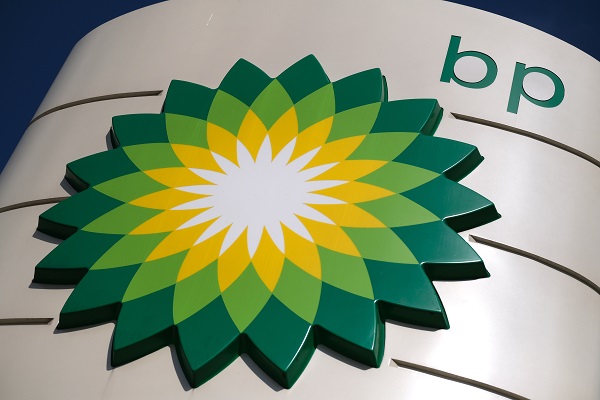BP profit boom pays for double-digit dividend hike
2nd August 2022 08:08
by Richard Hunter from interactive investor
Despite racing higher today, BP shares are below their June peak, but these results demonstrate precisely why many investors consider them a core holding in their investment portfolio.

BP (LSE:BP.) has already made some strong progress in recouping the financial pain of its Russian exit. The oil majors are also past masters from capitalising on their extraordinary cash flow as well as bouncing back from major financial setbacks.
For BP, the first quarter charge of $24.4 billion resulting from its decision to exit its 20% Rosneft holding, is the latest issue to punch a hole in profits.
However, the second quarter underlying replacement cost profit of $8.4 billion – 35% higher than the first quarter, three times higher than last year's equivalent and significantly above expectations – is an early indication of the company’s ability to repair such damage. It was also the most BP has made in any quarter since 2008.
In addition, an increase of 10% to the quarterly dividend to 6.006 US cents (4.92p) per share leaves the yield at a projected level of 4.7%, with the likelihood of more increases given the current backdrop.
A further share buyback programme of $3.5 billion has also been announced, which should provide some support to the share price, while net debt has been reduced by a significant 30% over the half-year to now stand at $22.8 billion.
- Read about how to: Open a Trading Account | How to start Trading Stocks | Top UK shares
Of course, the oil price has been a major factor in enabling this largesse. Despite a recent dip relating to demand concerns in the event of a global recession, the price of oil remains up by 27% in the year to date, and the current level of Brent crude at around $100 per barrel compares to what BP describes as its “cash balance point” of $40.
The demand/supply imbalance also continues in energy prices generally following the Russian invasion of Ukraine, while the longer term requirement for fossil fuels remains intact, even though the oil majors are investing substantially to drive the use of renewable energy forward. What is likely to be a multi-decade transition is still in its relatively early stages, with the viability and reliability of many renewables as yet unproven.
In the meantime, a near 200% increase in profit quarter over quarter is further indication of the success of BP’s previous efforts to streamline its business during the tough times of the pandemic and, despite its sheer scale and size, there remains plenty of room for financial manoeuvre with the oil price at current levels.
Indeed, in terms of its divestments, BP has now realised almost $15 billion of the $25 billion it had previously forecast by 2025, while its guidance statement expects high refining margins to continue in the short term, despite volatility and some constraints on demand in an inflationary environment.
- ii view: Shell surprises City with size of record profit
- Mining special: shares to own in the second half of 2022
Even so, the company remains a core holding in many portfolios, with oil and mining stocks having underpinned some of the resilience which the FTSE100 has shown so far this year in comparison to many of its global peers.
Indeed, the BP share price has risen by 36% over the last year, as compared to a gain of 4.7% for the wider FTSE100, and the market consensus of the shares as a buy will likely be consolidated following this latest release.
These articles are provided for information purposes only. Occasionally, an opinion about whether to buy or sell a specific investment may be provided by third parties. The content is not intended to be a personal recommendation to buy or sell any financial instrument or product, or to adopt any investment strategy as it is not provided based on an assessment of your investing knowledge and experience, your financial situation or your investment objectives. The value of your investments, and the income derived from them, may go down as well as up. You may not get back all the money that you invest. The investments referred to in this article may not be suitable for all investors, and if in doubt, an investor should seek advice from a qualified investment adviser.
Full performance can be found on the company or index summary page on the interactive investor website. Simply click on the company's or index name highlighted in the article.